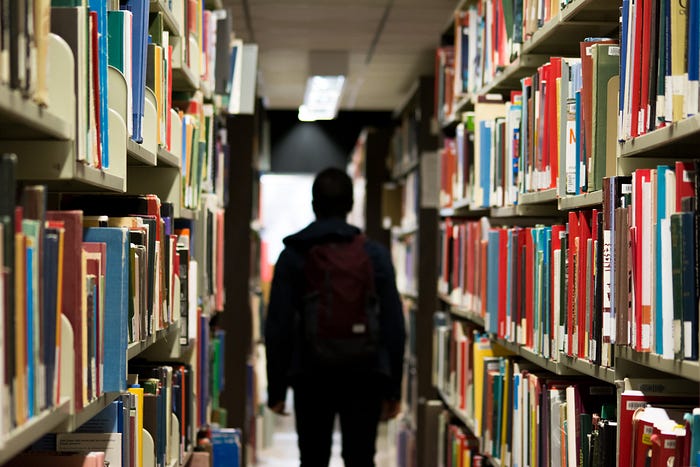Millions of students left school in March of 2020 and never went back.

“With 23 countries yet to fully reopen schools, education risks becoming ‘greatest divider’ as COVID-19 pandemic enters third year,” warned UNICEF in a press release dated March 29, 2022.
“In addition to data on learning loss, the report points to emerging evidence that shows many children did not return to school when their classrooms reopened,” reported UNICEF urgently, citing an exhaustive new report.
Reporting disturbing drop-out trends from Liberia to Kenya and beyond, UNICEF officials warned of the long-term economic, social, and global impact of so many at-risk kids failing to receive even the barest minimum of education.
In Los Angeles, California, the same phenomenon is occurring. In August of 2022, when LA district schools opened their doors, the school system found itself missing between 10,000 and 20,000 students.
50,000 LA public school students missed their first day in August of 2022.
Nationwide and around the world, millions of at-risk public school students, deprived of access to in-person public education opportunities, didn’t find their way back to class once schools reopened. Nor are they expected to.
The economic fallout from long-term public school closures is already estimated to be well into the trillions.
In the U.S., national test scores were just released to a chorus of lamentations. Two decades of educational gains in math, science, and reading have been lost — mostly in school districts that chose remote learning well into 2021 and 2022
As some of the dire, long-term consequences of extended public school closures have come into focus, plenty of those who formerly championed shut-downs, mandates, and strict masking in public schools have had a sudden change of heart.
Dr. Leana Wen, a frequent CNN contributor throughout Covid-19, was often outspoken in favor of requiring ever more extreme measures to stop the spread throughout 2020 and 2021.
Once Omricon hit, Dr. Wen was finally forced to the conclusion that “stopping the spread” would require an unhealthy — and unachievable — permanent level of control over the populace.
Dr. Wen also admitted “Masking has harmed our son’s language development,” and that indefinitely, “limiting both kids’ extracurriculars and social interactions would negatively affect their childhood and hinder my and my husband’s ability to work.”
“It became clear that the goal I’d hoped for — containment of covid-19 — was not reachable,” Dr. Wen concluded — sadly, if somewhat belatedly. “This coronavirus is here to stay.”
Of course, many people — both inside and outside the health professions — already strongly suspected that to be the case. Early in the pandemic, attempts to quarantine the virus in places like cruise ships and military bases failed miserably. Considering the containment failure of those closed and rigidly controlled systems, the idea of zero covid in the wider populace became aspirational.
We human beings only have one natural enemy on earth. Unfortunately, that only natural enemy happens to be a primordial, microscopic, ever-changing and eternal von Neumann device. The dire, many-headed hydra of viruses and diseases is responsible for the untimely deaths of billions of people since the dawn of time.
That humanity had suddenly evolved to sufficiently stamp out that threat in 2020 was a nice dream. Were only it was so.
Without much faith in “zero Covid”, many families forced to adapt during extended public school closures found alternates from homeschooling to private and parochial schools.
“Homeschooling surge continues despite schools reopening,” reported the Associate Press on April 14, 2022, in a tone of bewilderment.
While parents with the means to escape the public school system, or the resources to homeschool, flee floundering public schools, other families are still struggling to adapt to new rules, new variants, and the ever-present possibility of more long-term closures.
“What Will It Take to Restore the Social Contract on Public Schools?” wondered the New York Times on September 22, 2022.
For parents of public school students in many districts across the U.S. and around the world, it’s a question with no easy answer.
(contributing writer, Brooke Bell)